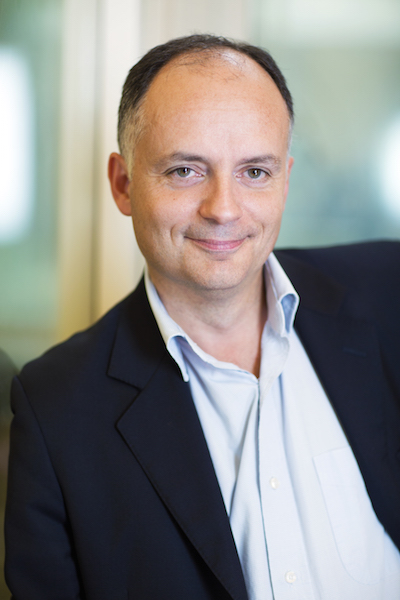Objectives
This course aims to give a thorough grounding in the tools necessary for describing wave propagation. We propose a unified framework based on the idea that in spite of their diversity all waves obey a differential equation with the same symmetry properties: invariance under time-translation, spatial reciprocity, time-reversal invariance.
A special focus is made in acoustic waves propagating in various kinds of fluids (homogeneous, heterogeneous, bounded). Laboratory sessions, tutorials and preceptorships give the opportunity to address important issues for industry (medical imaging, non destructive testing, sonar,...) as well as more academic ones (e.g., sonoluminescence).
Syllabus
- Introduction
- How to build a wave ?
- Wave equation and diffusion equation
- How to build a wave ?
- Acoustic waves in fluids
- Generation of acoustic waves in a fluid
- Conservation laws and the equation of state
- Linear acoustics
- Nonlinear acoustics
- Generation of acoustic waves in a fluid
- Diffraction theory
- Unicity theorem
- The spatio-temporal Green's function
- The monochromatic Green's function
- Reciprocity theorem
- The Helmholtz Kirchhoff integral theorem for monochromatic waves
- The Helmholtz Kirchhoff integral theorem in the time domain
- Unicity theorem
- Wave propagation and signal theory
- Diffraction as a spatial filter
- Fresnel transforms and Fourier transforms
- A lens as a spatial matched filter
- Radar and sonar pulse compression
- Diffraction as a spatial filter
Tutorials
- Acoustic waveguide
- Diffraction impulse response of a circular transducer
- Passive imaging based on noise correlation
Preceptorship
- The concept of coherence in wave physics
- Time Reversal of ultrasound in disordered media and wireless communications
Laboratory sessions
- Ultrasound imaging
- Wave propagation in complex media
- Sonoluminescence
Links with other courses
- Electromagnetic waves (1st year)
- Mathematical methods II (2nd year)
- Optics (2nd year)
- Waves in Complex Media (3rd year)
Requirements : Fourier Transform Operators : gradient, divergence, curl, Laplacian.
Evaluation mechanism : Written exam (2h30). Laboratory notebook.
Last Modification : Tuesday 28 February 2017

